Our initial consultation with the vision therapist was interesting and eye-opening. It convinced me that CI really has been affecting Kayla.
She did several types of tests with Kayla. In one of them she had a peg-type board with small pegs. The therapist had 7 pegs and gave Kayla 7 pegs. The therapist made a simple design on her board and Kayla was supposed to copy it. She just couldn't. No matter how much instruction she gave Kayla, Kayla just didn't seem able to copy the pattern. The therapist did another design with only 3 pegs and Kayla had trouble with that one, too.
Although I suspect that maybe Kayla was frustrated with not being able to complete the task the first time with the 7 pegs since she didn't seem to really be making an effort with the 3 pegs. She did a lot of avoidance tactics or using more pegs than she was supposed to. She seemed to be purposefully not doing what I think she could have done.
The therapist explained to me how CI can make it harder to copy simple patterns (but of course I don't remember how she explained it, so I can't explain it myself!)
Another test she did was have Kayla stand in front of her and she held up a bell attached to a string. One of Kayla's eyes was patched. She told Kayla to follow the bell. Kayla did. With her whole head. When she moved the bell to the side or up or down, Kayla's whole head moved along to follow it. When she finished she switched the patch to the other eye and I asked, "Is she supposed to be moving her head like that?" The therapist told me, "Shhh." Ha! I guess she wasn't supposed to give Kayla the instruction to keep her head still and only follow with her eyes; it was to see what she would naturally do. (Although given the instruction I think Kayla would have kept her head still, at least more so than what she did without being told.)
While standing there Kayla reached her hand out to rest it on the table to her right side. The therapist took her hand off and told Kayla she didn't need to hold up the table. Then a few seconds later Kayla reached out with her left hand to put it on the desk on her left side. Again the therapist didn't want her leaning, or resting, her hand on something. She just wanted Kayla to stand up straight with hands at her side. I didn't realize this might mean something until later.
The therapist gave Kayla a pair of prism glasses to wear while she threw a tennis ball to her. Well, she sort of threw the ball to her. This ball is attached to a string that hangs from the ceiling. She threw the ball to Kayla from the front and then swung it around so it would come to Kayla from the left and right sides.
Kayla caught the ball, I think about 99% of the time. And she probably did this about 10x. She caught the ball with intent and accuracy, her timing was spot-on, she caught it between her hands away from her body instead of cradling the ball and bringing it in to her chest.
I cried. I sat there and watched my daughter catch this ball over and over and over again ... and I cried. I have never seen Kayla catch a ball like that before. Not to say that she can't catch a ball. She can. Just not like she was doing in the office. She doesn't usually catch with much finesse, her timing is a beat off, and it seems more like luck when she does catch the ball. She fumbles it with her hands all over the ball and brings it in to her body to maintain the catch.
I can not describe the fluidity and accuracy of how she was catching this ball. Maybe it was the way this ball was attached with a string instead of a typical free-flowing ball, I don't know. All I know is I've never seen her catch like that before.
The therapist explained that sometimes kids with CI are either centrally-focused or peripherally-focused. If you're centrally-focused then you don't see things peripherally and the peripheral prism glasses can open up the world to you. She said centrally-focused kids don't know where their body is in space and so they are very touchy ... needing to touch everything to ground themselves in space (flash back to when Kayla was in the smaller office and automatically reached out to touch the table when she was just standing there following the bell.) Centrally-focused kids also are easily distracted. Because they don't have that peripheral vision they have to look up and move their head around with any little thing that comes in their field of vision, or hear something, because they can't see it peripherally (that sounds like Kayla too.)
If only it were that easy to say Kayla was centrally-focused and needed this type of prism lenses. But no, that doesn't appear to be the answer to any of her issues! I thought for sure it would be after seeing the way Kayla caught the ball with the glasses on.
There is no specific test to determine if a child is centrally- or peripherally-focused. It's based on the therapists' observation of each child as they are wearing each type of prism lenses. Most kids, if they are one or the other, will 'calm down' significantly while wearing these glasses. They will be better able to focus. After Kayla had several therapy visits trying each of these glasses they didn't notice that either kind made much of a difference for her. She still might be one or the other (and I'm venturing to guess central seems to fit her) but having peripheral lenses didn't make it any easier for her to focus. I was so hoping that would be the magical answer to calming her down so she wasn't so easily distracted and could focus better. (Last year she was diagnosed with ADHD but we've been very hesitant to try any medications for now.)
The therapists have seen some improvement in what she's been able to do in therapy that she wasn't able to do when she first started in regards to eye tracking; so here's to hoping that this is all working ... and that reading and other skills will start to be easier for her.
Now to order her some glasses for the far-sightedness! Then comes the fun of getting her to wear them all the time and not lose them!



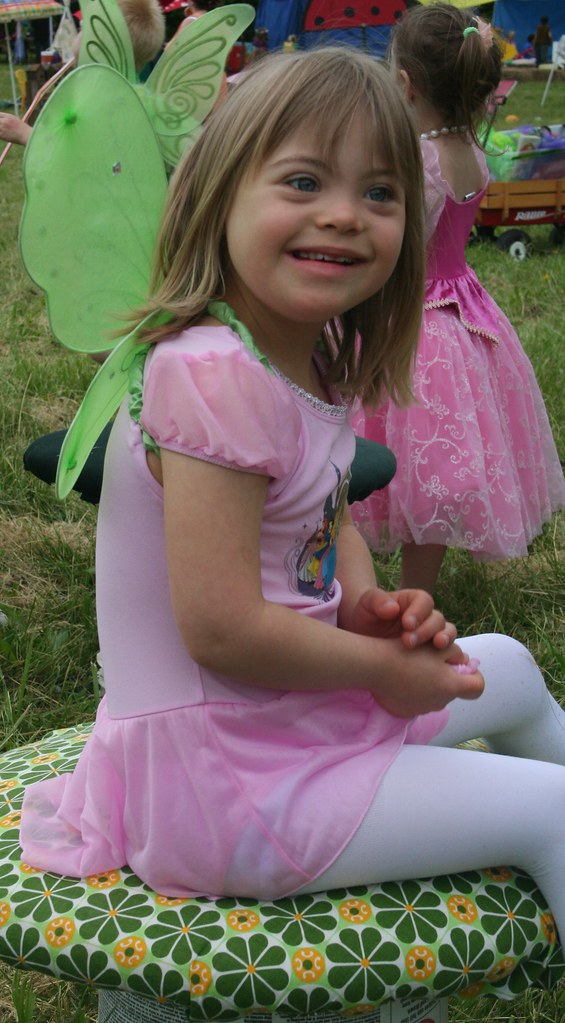

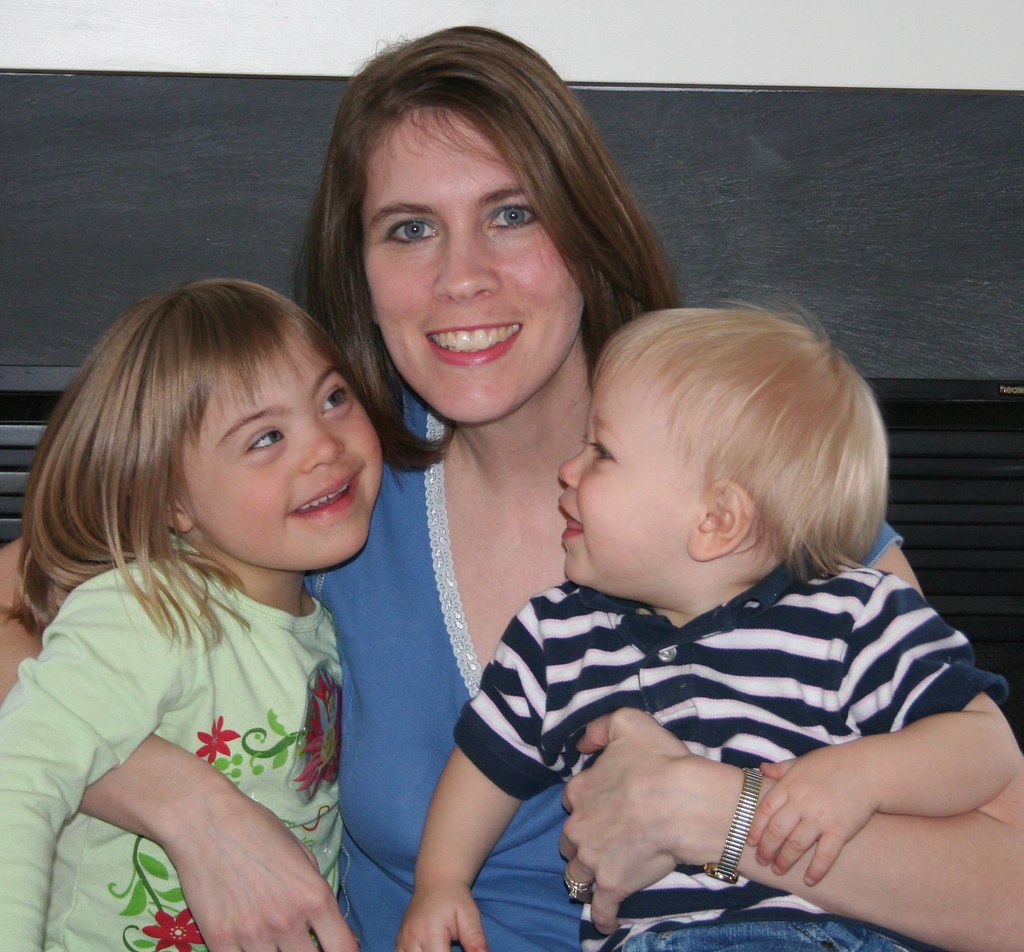
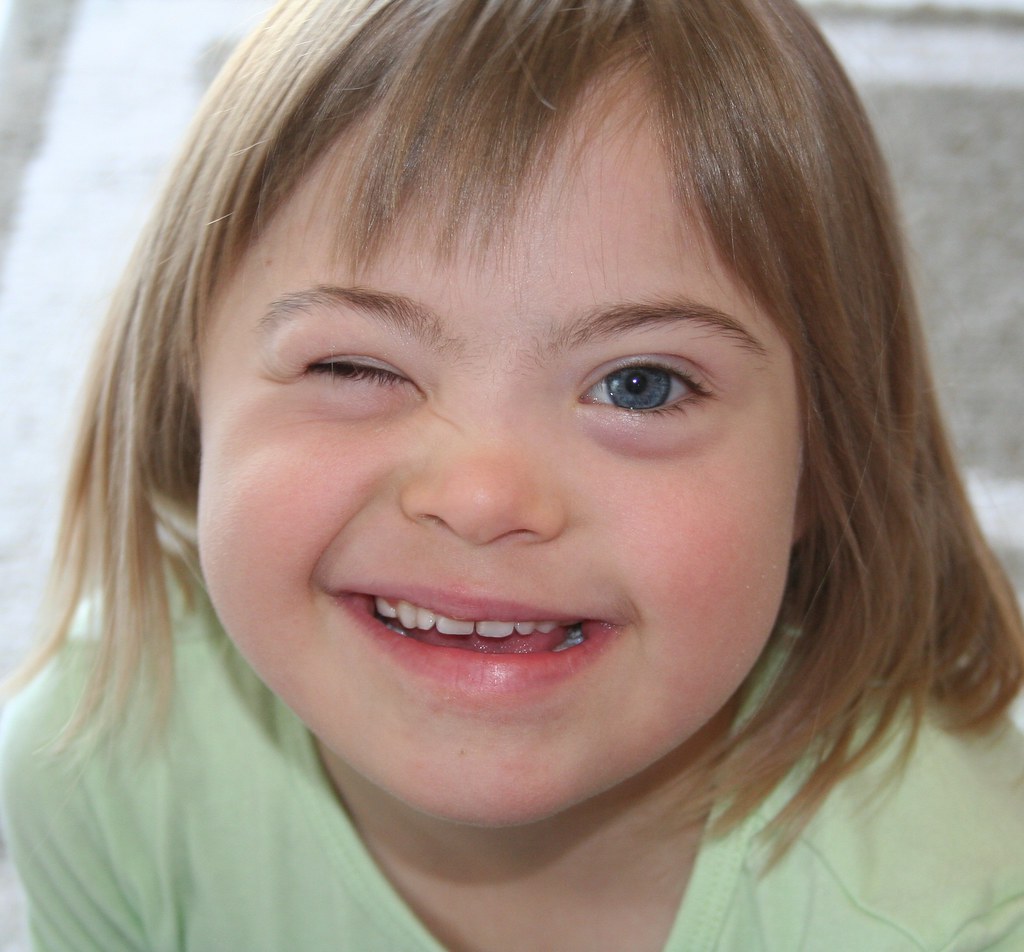





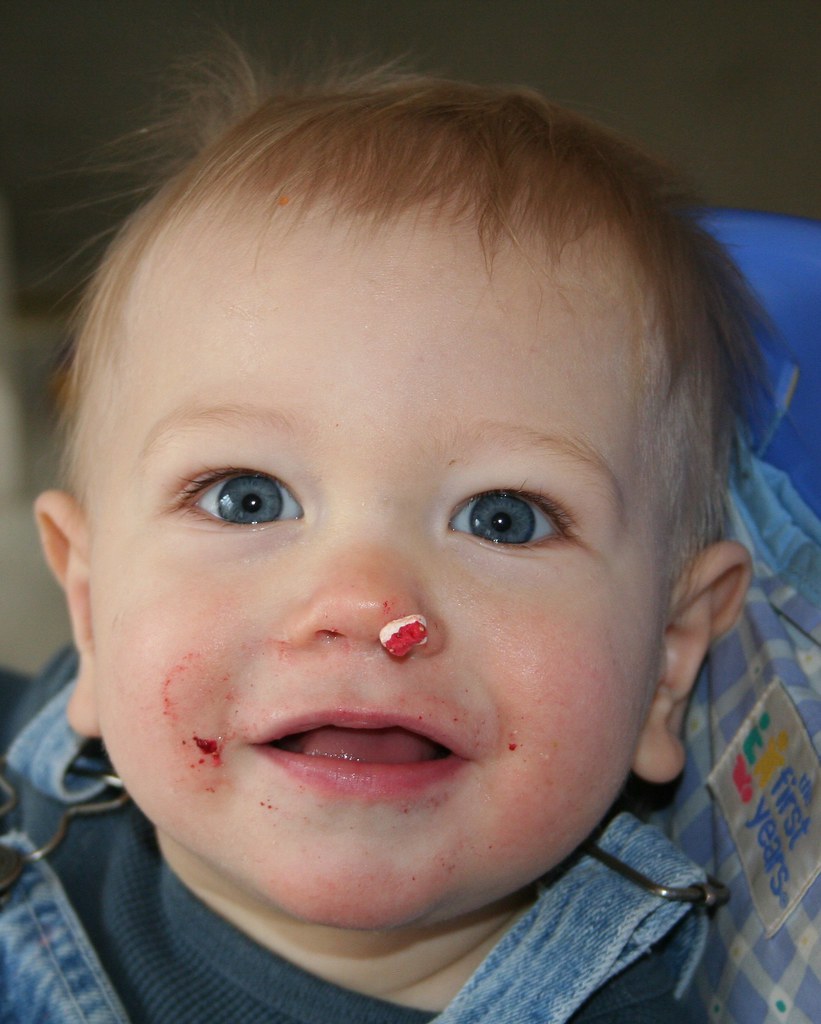
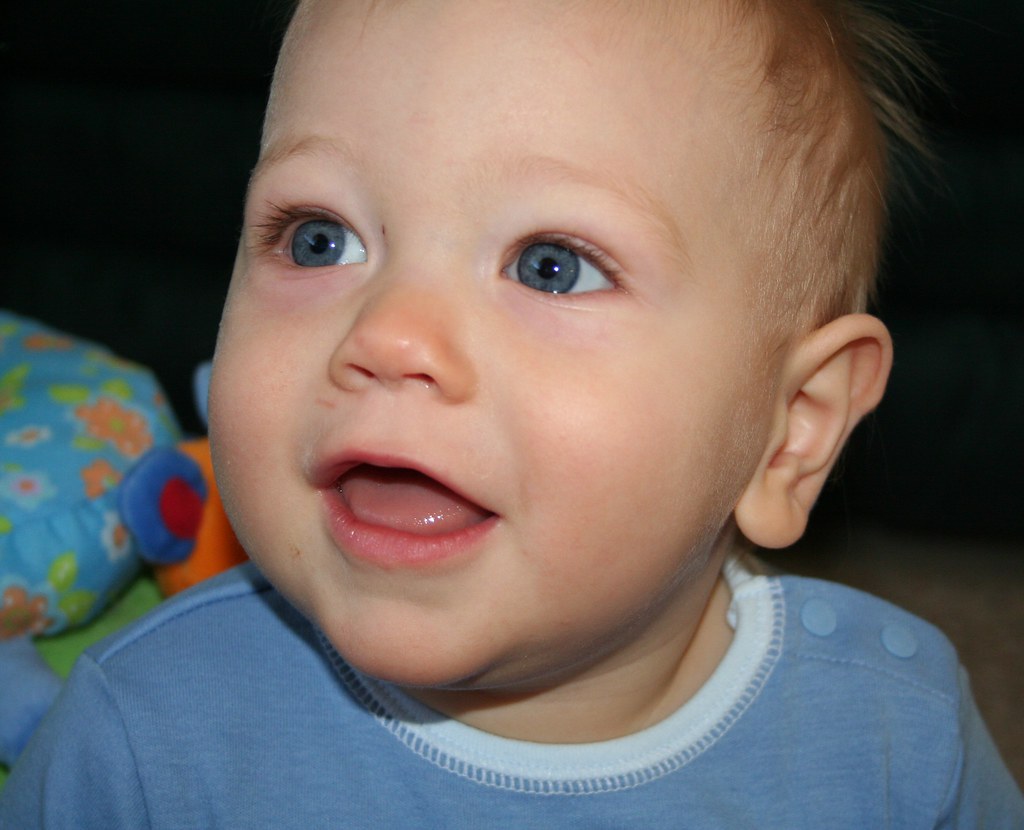




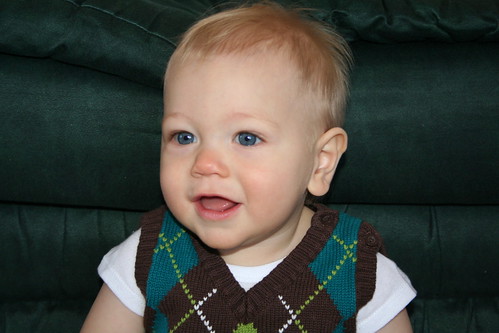



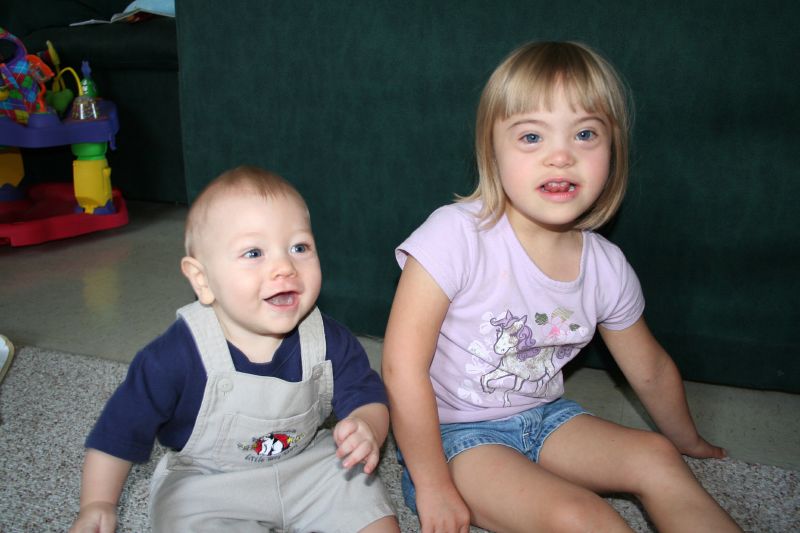
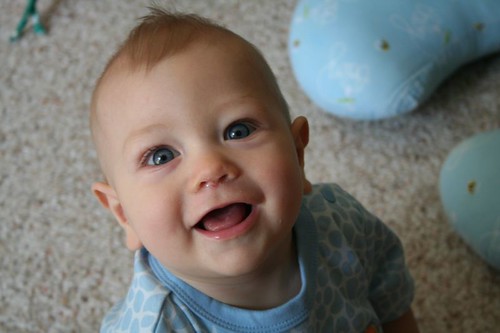

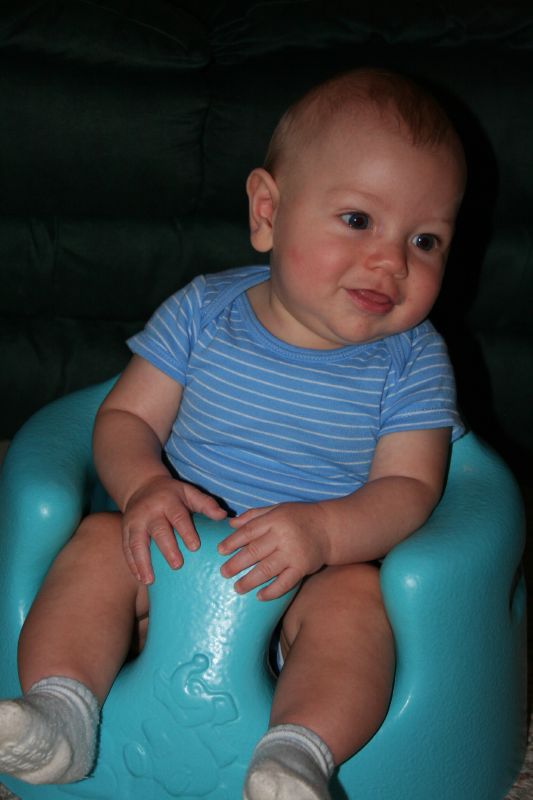

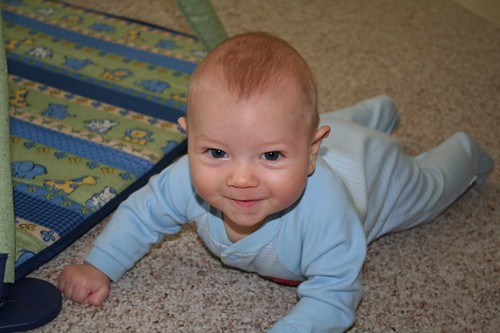

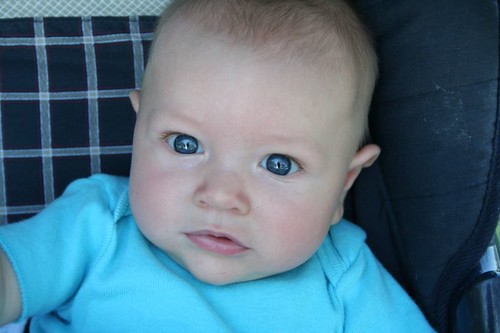
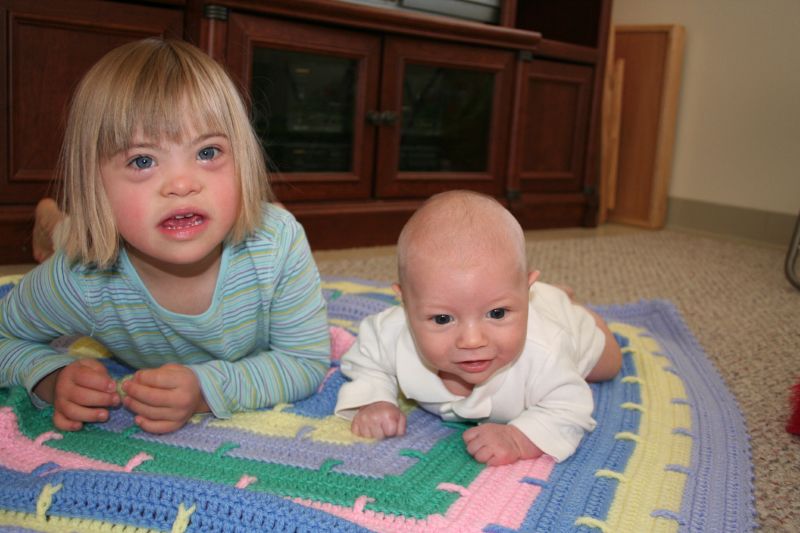
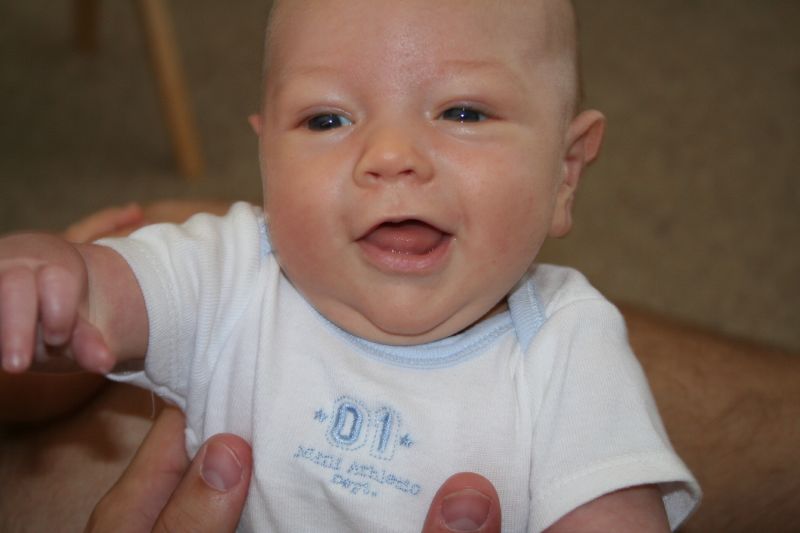
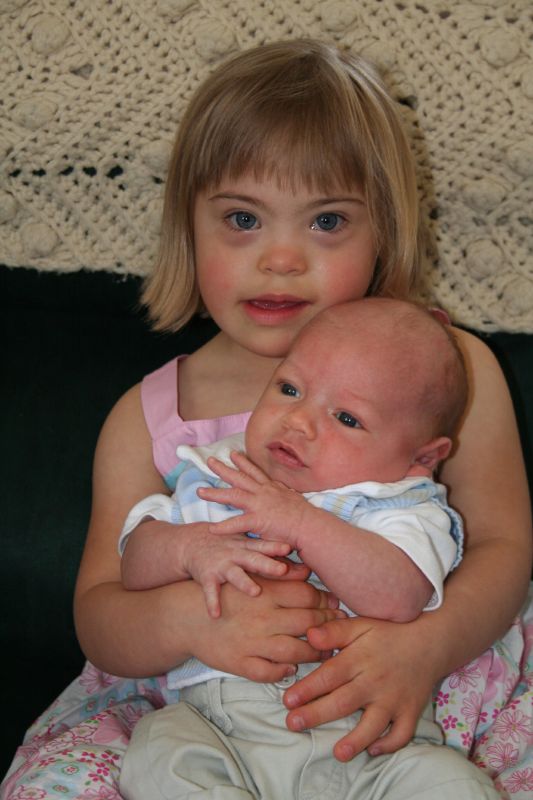

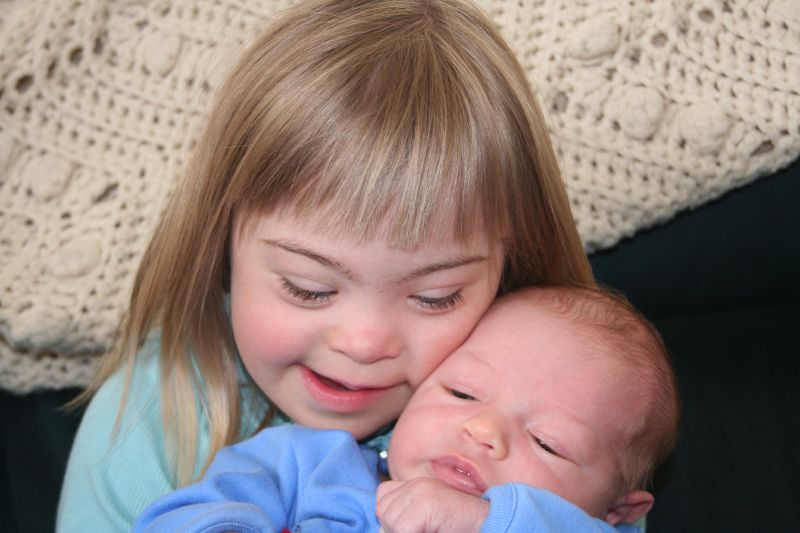
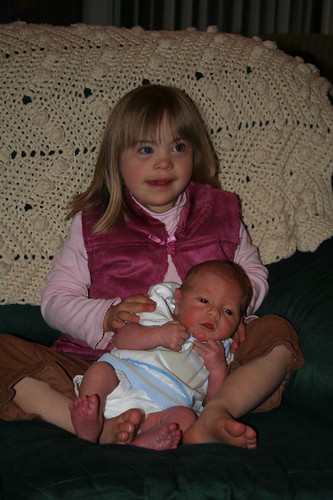
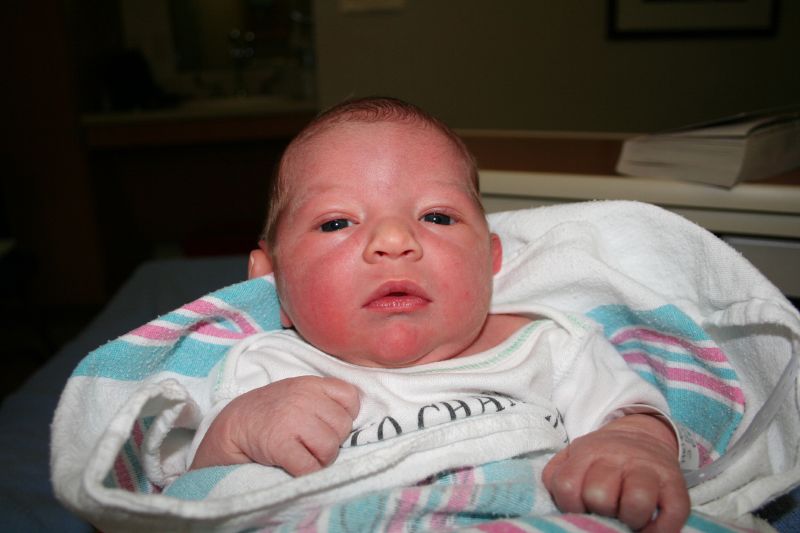


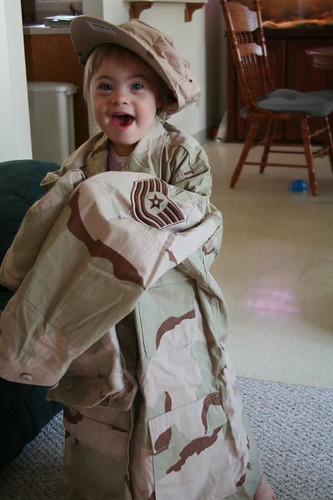


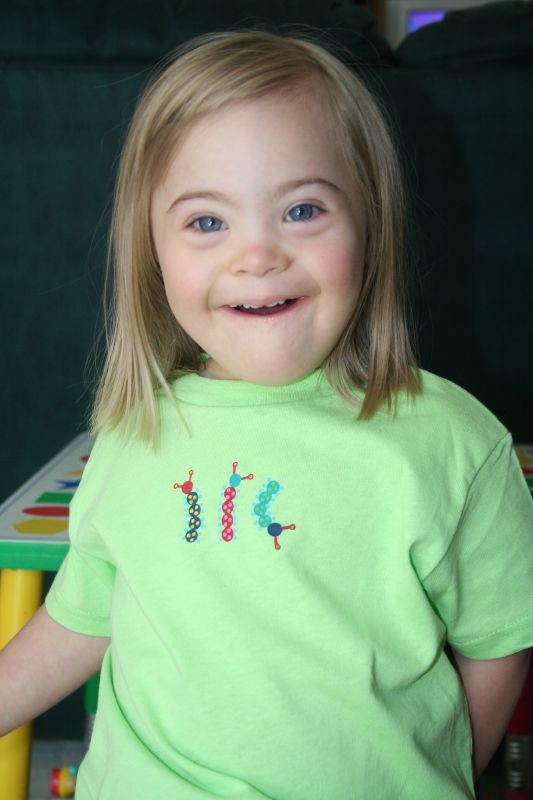








3 comments:
Really appreciate you sharing this information Michelle...Matilda has glasses for far sight and to be honest I cant say they make a difference (not to say it wont work for Kayla) but I am intrigued by all you say as MAtilda demonstrates so many of the same characteristics you have described, like with the ball catching, reading etc. Now I will have to start looking for someone who does this therapy in Australia (and in the town we live huh!)
very, very, interesting. I had tears in my eyes too. love mom
My older son had some fairly minor "learning disabilities" - really poor motor skills, poor organization skills. He did PT/OT as a four year old and struggled through most of elementary school. He's very bright, near genius IQ, but was barely scraping by. He is quite nearsighted, so wore glasses from 2nd grade on. They were broken on the playground - for the billionth time. I took him to Costco, hoping they would have some frame to fit the lenses. The doc was in so he gave him a quick exam. He had done his internship with a Behavioral Optometrist and just did a quick little test, covering the eyes and ringing a bell, asking him to say which way it came from (or even just point). He had no clue. His eyes were not focusing together at all, even though he was a great reader. So we had to whole workup and he went through Vision Therapy - several times as he was growing rapidly towards adolescence by then. The doc said it was a wonder he could even walk down the hall. I wish I could say it solved all of his problems, there's never a cureall, but it was a big help. My younger son, 6.5 years younger, had to be drug around for all of those therapies, tutors, etc. through the years, and sort of wished that he had some disability - mostly so that when he messed up he could blame it on something besides laziness or carelessness. Stay with the VT - lots of schools don't get it, but it really does work.
Post a Comment